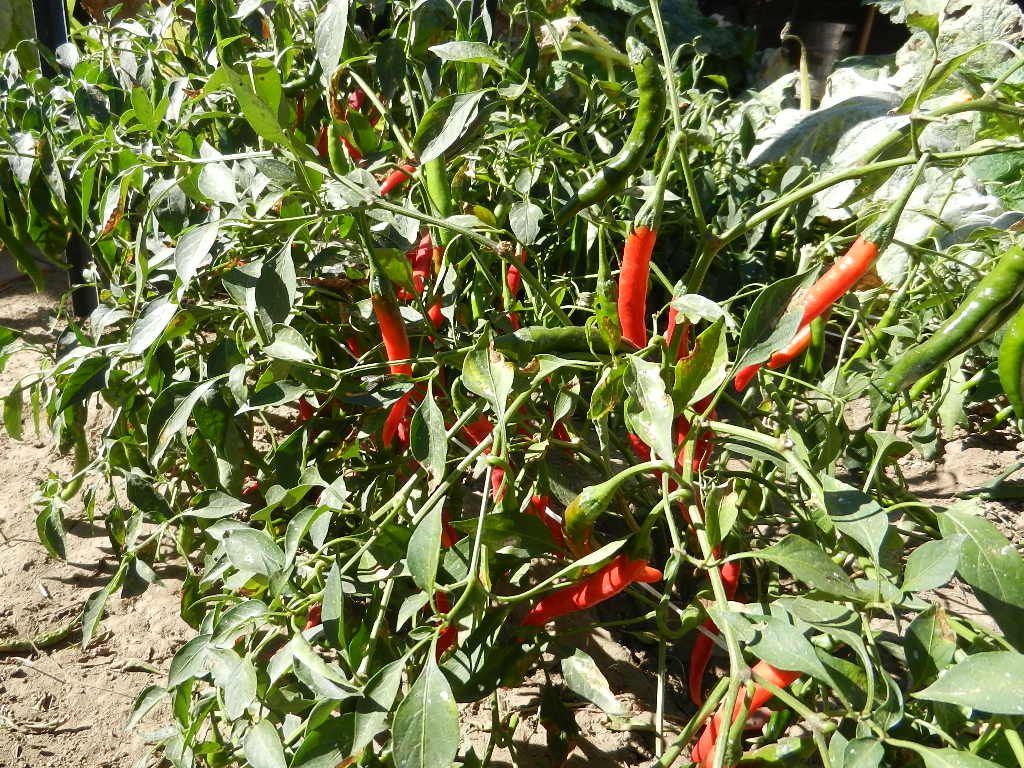Cayenne, potatoes, bell peppers, and eggplant are all members of the Solonaceae family. Never eat the leaves, flowers, or stems of the cayenne pepper plant. Do not eat any of these parts of the cayenne plant because they can be toxic. The fruits are perfectly safe. There are a need that everybody has to be very careful about how much anybody used because these peppers are very hot.
The cayenne pepper is aan annual herbaceous and it grows up to 24 inches.
Cayenne are probably native to South America. They are all cultivated plant at this time, but you still have some growing in the wild. Cayennes prefer to grow in hot and dry areas, so you can have long seasons and bright sunny days.
Cayenne needs to be started in late winter or early spring, indoors in a bright, sunny, warm, location. With cayenne seeds, they do not have to have any special treatment. The seedlings does like very warm temperatures to grow well. The germination is real good and it only takes one week. When everybody do all the right growing condition there will be 80 90 percent germination. After all danger of frost, this is when the plants can be transplant outdoors. I leave 12 inches between each of my cayenne plants. These plants require very little watering and they grow in clumps.
Cayenne plants like full sun to grow. They also prefers dryish soil.
There are two other herbs which are cilantro and basil that if I grow my cayenne close by this will enhance each of these herb's flavor.
To harvest the cayenne you will need to pick the bright red fruits which are called chilies in late summer, or even in early fall. before the first frost comes.
Cayenne is one that many chefs uses this in their dishes as a flavoring. Cayenne is found at farmer's market.
There are many medicinal benefits of using cayenne. They are used for heart, circulatory health, as well as for pain relief especially of the muscules and joints.
Summary
Cayenne is a very good herb to have because it has many benifitical uses.



No comments:
Post a Comment